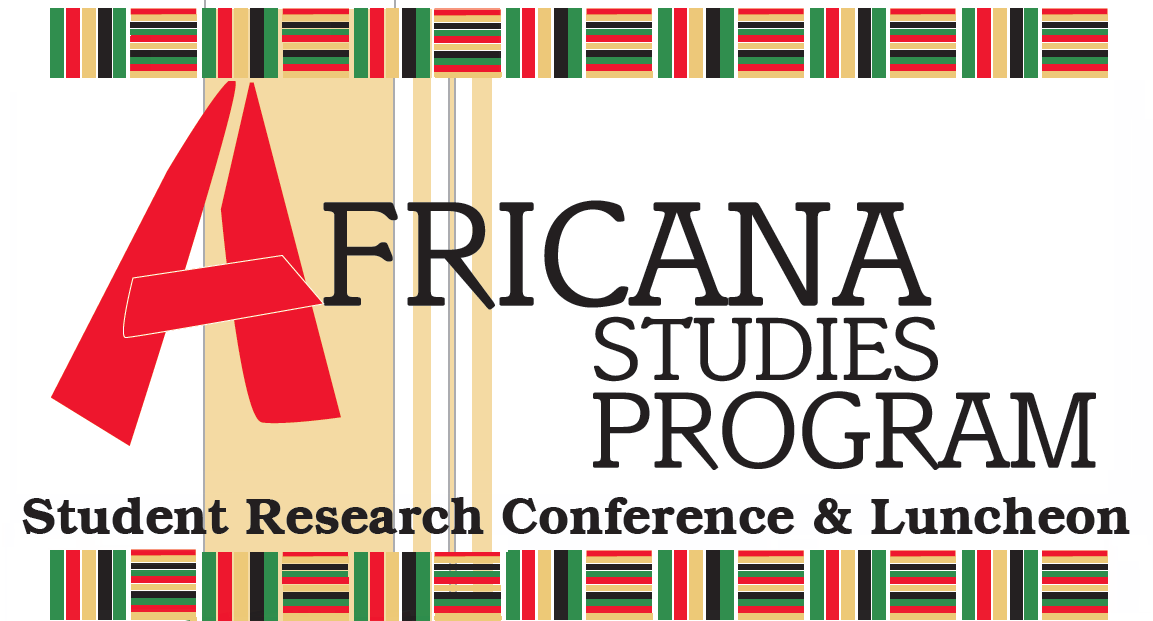Degree Program
Graduate
Major
History
Abstract
The Egyptian Revolution prompted an outpouring of art. It filled the streets of Cairo, a city that had lacked any street art prior to the revolution, with large murals and art of every kind. Ammar Abo Bakr says that his massive murals are not art — they are news. His works are a protest against the censorship and selective reporting of the mainstream media. Bakr is best known for his large mural on Mohammed Mahmoud Street near Tahrir Square, Cairo. The mural is massive and contains many elements. One element consists of paintings of mothers holding photographs of their children who have died as a result of the violent conflict. Images of people holding photographs of their deceased loved ones has a rich history in photography; a history that dates to the early days of photography. These photographs within images are a way to mark absence; they act as markers of someone who is no longer living or was otherwise unavailable. Antonio Monegal discusses absence as a way of implicitly representing violence. He discusses Gervasio Sànchez’s Forgotten Victims, photographs of people holding photographs of loved ones who have died or disappeared during violent conflicts. They are victims that no one sees. In Cairo, they are victims of violence that are ignored by the mainstream media. Bakr uses his work to report on the martyrs and provides them with a voice. Bakr’s art confronts loss and represents the pain and suffering of the Egyptian Revolution without adding to the nameless bodies that run the risk of becoming repetitive.
Start Date
24-2-2017 3:00 PM
End Date
24-2-2017 4:20 PM
Included in
Painting Photographs: Absence on Mohammed Mahmoud Street
The Egyptian Revolution prompted an outpouring of art. It filled the streets of Cairo, a city that had lacked any street art prior to the revolution, with large murals and art of every kind. Ammar Abo Bakr says that his massive murals are not art — they are news. His works are a protest against the censorship and selective reporting of the mainstream media. Bakr is best known for his large mural on Mohammed Mahmoud Street near Tahrir Square, Cairo. The mural is massive and contains many elements. One element consists of paintings of mothers holding photographs of their children who have died as a result of the violent conflict. Images of people holding photographs of their deceased loved ones has a rich history in photography; a history that dates to the early days of photography. These photographs within images are a way to mark absence; they act as markers of someone who is no longer living or was otherwise unavailable. Antonio Monegal discusses absence as a way of implicitly representing violence. He discusses Gervasio Sànchez’s Forgotten Victims, photographs of people holding photographs of loved ones who have died or disappeared during violent conflicts. They are victims that no one sees. In Cairo, they are victims of violence that are ignored by the mainstream media. Bakr uses his work to report on the martyrs and provides them with a voice. Bakr’s art confronts loss and represents the pain and suffering of the Egyptian Revolution without adding to the nameless bodies that run the risk of becoming repetitive.


